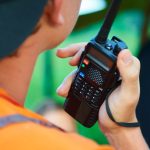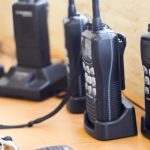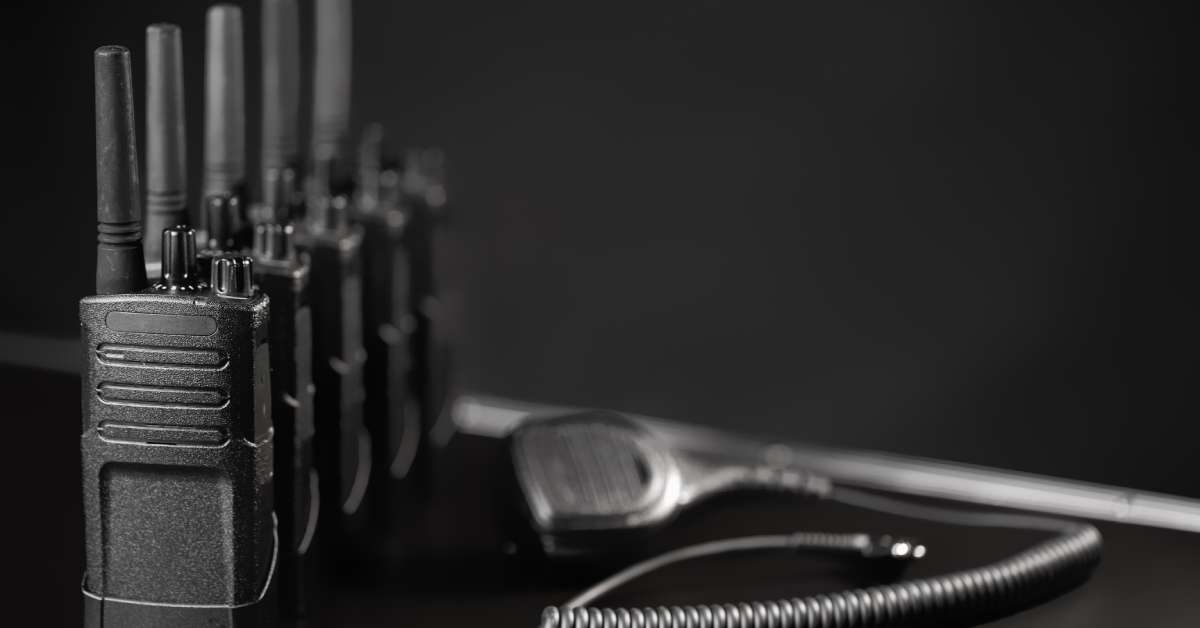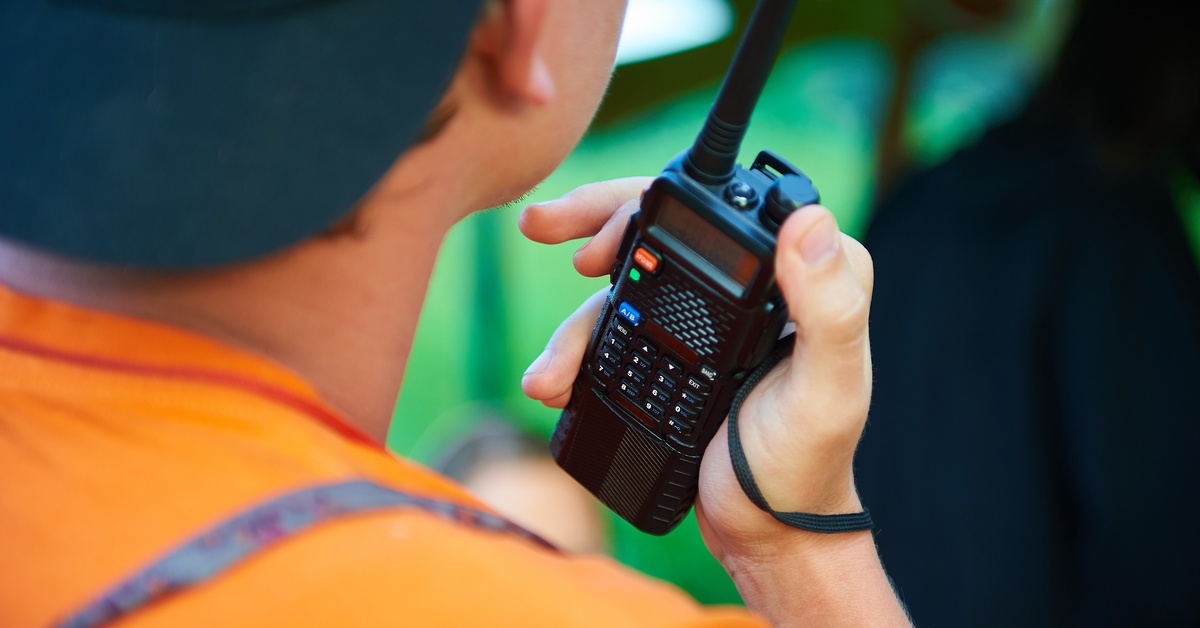Have you experienced the frustration of your two-way radio dying at a critical moment? Understanding the recharge cycles of different two-way radio batteries can help you avoid this situation.
For anyone looking to maximize battery life and performance for their two-way radios, this article will explore various cell types, including their recharge cycles, offering practical tips for optimal management.
What Are Recharge Cycles and Why Do They Matter?
Recharge cycles refer to the full charge and discharge process a battery undergoes. For instance, using 50 percent of a battery’s charge one day and then recharging it fully counts as half a cycle. The number of recharge cycles a battery can endure before its capacity significantly diminishes determines its life span.
Understanding recharge cycles is crucial for organizations that rely heavily on two-way radios. Knowing how to manage these cycles can extend battery life, reduce costs, and ensure seamless communication during critical operations.

Types of Two-Way Radio Batteries
Motorola XPR 3500
The Motorola XPR 3500 battery is known for its robust build and reliable performance. The XPR 3500 model is part of Motorola’s MOTOTRBO series, which stands out for its enhanced audio quality, long battery life, and intuitive interface. The XPR 3500 supports both digital and analog modes, allowing for a seamless transition as organizations upgrade their communication systems. These batteries can endure numerous recharge cycles before their performance starts to decline, making them ideal for heavy-duty use.
Kenwood BP5615
The Kenwood BP5615 is a high-capacity battery designed for use with Kenwood’s range of two-way radios. Known for its durability and long-lasting power, this battery is particularly popular among professionals who require reliable communication tools throughout their workday. The BP5615 is a lithium-ion (Li-ion) battery, which, like the Motorola XPR 3500’s battery, offers an excellent combination of lightweight design and high energy density. It’s designed to withstand a high number of recharge cycles, making it a cost-effective solution for organizations with demanding communication needs.
Harris XL-PA3V
The Harris XL-PA3V is a rugged, high-performance battery designed to power the Harris XL series of two-way radios, which are widely used by public safety professionals and first responders. This battery is engineered to meet the rigors of demanding environments, offering both reliability and longevity. The XL-PA3V is a lithium-polymer (LiPo) battery known for its stability, lightweight construction, and impressive energy density. It excels in maintaining its performance across numerous recharge cycles, making it a dependable choice for critical communication tasks.
AAJ67X501 Vertex
The AAJ67X501 Vertex is a robust and efficient battery specifically designed for Vertex Standard two-way radios. Renowned for its reliability and long-lasting performance, this Li-ion battery is a popular choice among professionals who need consistent and uninterrupted communication throughout their workday. With a high energy density, the AAJ67X501 Vertex offers a balance of lightweight and power capacity, making it ideal for intensive usage scenarios. It’s engineered to endure numerous recharge cycles without significant loss of capacity, ensuring that it remains effective over time.
Command Tac CTKNB-54N
The Command Tac CTKNB-54N is a high-capacity battery specifically crafted to sustain the rigorous demands of tactical and field operations. Designed for use with Command Tac’s suite of two-way radios, this Li-ion battery is celebrated for its exceptional durability, long battery life, and enhanced energy efficiency. Its robust construction ensures that the CTKNB-54N can withstand harsh environmental conditions, making it an ideal choice for military and law enforcement professionals. One of the standout features of the CTKNB-54N is its superior ability to maintain charge across numerous recharge cycles, providing a reliable power source throughout extended missions.
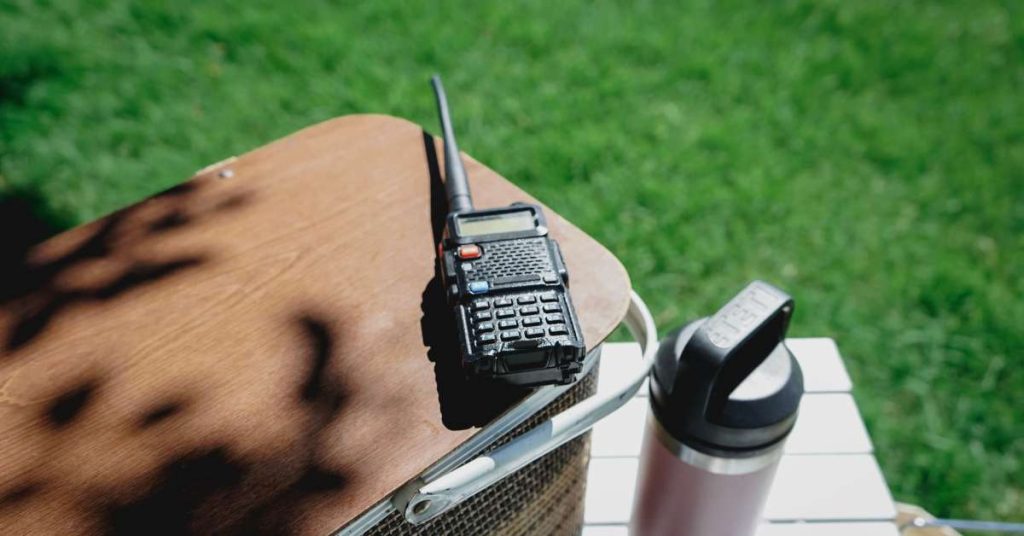
Tips for Optimizing Battery Recharge Cycles
Optimizing recharge cycles for two-way radio batteries is essential for maximizing both performance and longevity. Here are some tips to ensure you get the most out of your cell:
- Follow manufacturer guidelines: Always adhere to the manufacturer’s instructions for charging and discharging your batteries. These guidelines are designed to optimize the battery’s life span and performance.
- Avoid partial charges and discharges: For NiCd and NiMH batteries, it’s best to fully discharge the battery before recharging. This practice helps prevent the memory effect and ensures the battery maintains its full capacity. In contrast, Li-ion batteries benefit from partial charges and discharges, avoiding complete depletion.
- Maintain proper storage conditions: Store your batteries in a cool, dry place. Extreme temperatures can degrade the battery’s ability to hold a charge. For long-term storage, keep batteries at a 40 percent charge to prevent capacity loss.
- Routine maintenance: Regularly inspect your batteries for signs of wear and tear. Clean the battery contacts to ensure a good connection and prevent energy loss. Replace batteries showing significant signs of degradation.
- Use smart chargers: Investing in smart chargers can make a significant difference. These chargers regulate the charging process, prevent overcharging, and help extend the battery’s life.
- Implement a rotation schedule: For organizations with multiple batteries, a rotation schedule ensures even usage across all batteries. This practice prevents some batteries from being overused while others remain underutilized.
By understanding and implementing effective recharge cycle practices, users can significantly improve the performance and dependability of their two-way radio systems.
The Future of Two-Way Radio Batteries
As technology continues to evolve, so does the landscape of two-way radio batteries. The future promises advancements that will significantly enhance the performance, reliability, and sustainability of these essential power sources.
Higher Energy Densities
One promising development is the integration of solid-state batteries, which offer higher energy densities and faster charging times compared to traditional lithium-ion batteries. Solid-state technology also promises increased safety, as it eliminates the flammable liquid electrolytes found in current battery types.
Advancements in Nanotechnology
Additionally, advancements in nanotechnology could lead to the creation of batteries that are both lighter and more powerful. By utilizing nanomaterials, manufacturers can design batteries that have greater capacity and improved durability, even under extreme conditions. This would be particularly beneficial for users in the military and law enforcement sectors, where reliable and long-lasting power sources are crucial.
Wireless Charging
Wireless charging is another area poised for growth. Innovations in inductive and resonant wireless charging could eventually allow users to charge their radios without the need for physical connectors. This would enhance convenience and reduce wear and tear on both the devices and their chargers.
Eco-Friendly Manufacturing
Sustainability is also becoming a major focus in battery development. Future batteries may incorporate more eco-friendly materials and be designed for easier recycling. This shift towards greener technologies will not only reduce environmental impact but also adhere to increasingly stringent regulatory standards worldwide.
As these technological advancements continue to unfold, users can look forward to more reliable and capable power sources that will meet the demanding needs of modern communication devices.
Get More Out of Your Two-Way Radios
Understanding and managing the recharge cycles of different two-way radio batteries can significantly extend their life span and improve performance. No matter what brand you choose, following best practices for charging, discharging, and storage is essential.



